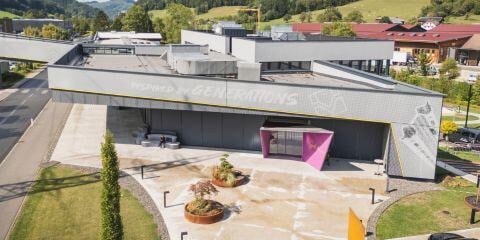Steel Day 2022: Digitalization, Automation, Decarbonization
How sexy is the steel industry? While this may seem like a rhetorical question, it was addressed with more than just a cheeky smile during this year’s Welser Profile Steel Day. After all the big tankers like voestalpine, thyssenkrupp and Welser Profile chug along at their usual pace, speedboats like Resourex pass by without looking back, leaving the ocean unsettled.
The Steel Day 2022 correspondingly felt like a speedboat ride due to the rich program and charming host Jörn Miklas, SCM Manager at Welser Profile. At the new Welser Meeting Center in Gresten, guests were warmly welcomed, pampered with local delicacies and enjoyed time for networking during the breaks. Speakers and guests also had the chance to join virtually, listening to the exciting keynotes and lectures. A successful hybrid event filled with discussions about the future of the steel industry: digitalization, automation and decarbonization. If that’s not sexy, what is?
Resourex Success Story: a Speedboat with Potential
The morning session at the Welser Profile Steel Day 2022 centered around a tool that has been on a bit of a roller coaster ride before being positioned on the market with high potential for success. Tim Sauber, Head of Global Sales & Marketing at Welser Profile, took the enthusiastic audience on a journey through the success story of Resourex, a digital solution for steel trading. On the live platform, buyers and sellers create their offers and requirements to enable faster and more efficient processing.
Resourex Highlights:
- Independent trading tool for steel, available in real time and 24/7
- A B2B only platform for inquiries and quotations
- Configured as a "walled garden" with a verified & audited user base
- Up to 50 parameters to classify, search, bid, buy and sell material
- Machine interpretable
Like so many new business ideas Resourex didn't immediately shoot uphill but had one or two challenges and ‘fuck-ups’ in store for the enthusiastic innovators and founders. Welser Profile assisted Günther Wutzl and Markus Janovsky as a sparring partner and early adopter in the realization of their promising project for the industry: to digitalize and automate the steel trade.
Automated and digital Steel Industry: how Tankers can be more agile
In the meantime, other pioneers from the steel industry have also jumped on the Resourex speedboat, including voestalpine and Wuppermann. Driven by an experimental spirit, innovation and the urgent need for new solutions, the steel giants are likely to remember Markus Janovsky's words: "We develop what customers need, not what they could need."
Repeatedly, the participants of the Welser Profile Steel Day 2022 discussed the differences between large traditional companies and agile startups. Analog and digital concepts often collide in this rapidly changing time and established business and investment models seem to be incompatible with innovative business models. However, the participants agreed on one thing: "Make sure that people are ready." Not meant as a wait-and-see scenario but rather as a thorough preparation reminder. After all, no matter how brilliant and modern innovative ideas may be, if customers and partners are not ready and offered help and guidance, even the most promising speedboat will be shipwrecked sooner than anyone would want.
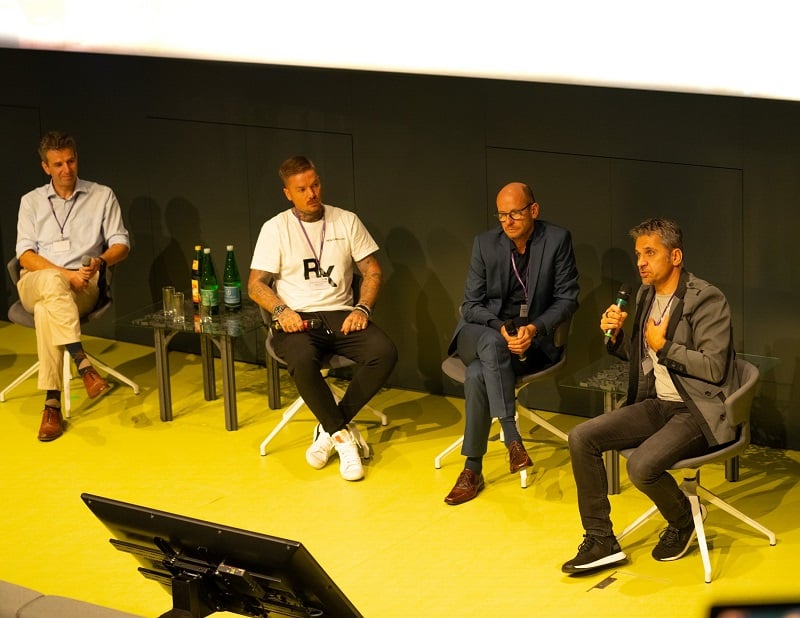
In the panel discussion with start-up investor Michael Altrichter and representatives from voestalpine, Resourex and Welser Profile, ideas from the agile & lean methodology were presented, showing that today's business concepts can be tested through trial & error, without having to work out a fixed concept right from the start. This allows innovations to be implemented, no matter how big the company has become in the meantime. Cooperation and investment in smaller companies also create advantages for both sides, as they inevitably learn from each other.
Challenges of the digitalizing Steel Industry
Joining us online to talk about digitalization trends and challenges was Tim Milde, Head of Business Development at Klöckner:
- Steel purchasing processes are complex and non-standardized, requiring different digital solutions.
- High cost flexibility of smaller distributors leads to a lack of market consolidation and makes integration of all sales and procurement processes difficult.
- Not all players in the steel industry have the resources and competencies to invest in digitalization projects.
- Material data and descriptions are not aligned.
- Hundreds of different ERP systems, often customized.
- Increasing diversity of customer needs in terms of batch sizes, local availability, reliability, and product and market knowledge for the right digital channel.
You can always go greener: Renewable Energy & Decarbonization
Right before the well-deserved lunch break, sustainability and an insight into current developments in the steel industry were on the agenda. What all present and remote listeners have long been aware of is something that probably cannot be repeated often enough: "It's getting warmer. We have a dramatic situation because the CO2 atmosphere keeps increasing." Many good ideas in the sense of various CO2 reduction programs are available and yet much remains to be done to ensure that these things do not remain just dreams of the future. Experts are already predicting future scenarios:
- Demand for crude steel will increase by 30% by 2050.
- Much of this growth will come from the emerging markets, while demand in China, Europe, Japan and South Korea will decline.
- The share of scrap in total steel processing will increase.
- The increasing share of post-consumer scrap does not allow 100% recycling for high-value steel grades.
- Process technologies for ore-based metals will play an important role in future CO2-neutral steel production.

So how do renewable energies and decarbonized steel production fit together in the future? Johannes Rieger, Head of Raw Materials & Recycling at K1-Met, shows how 100% renewable energy by 2030 and complete climate neutrality by 2040 can be achieved using Austria as an example. By 2030 alone, 27 TWh of renewable energy must be generated from water (5 TWh), wind (10 TWh), photovoltaics (11 TWh) and biomass (1 TWh).
The associated infrastructure expansion suggests a challenging and long road ahead for achieving this target. Concerning future steel production, the expert also used the European flagship project ‘H2Future’ to illustrate that hydrogen (H2) will be the solution for the steel industry's CO2 reduction targets. At the voestalpine site in Linz, the largest pilot plant for CO2-free hydrogen production has been in operation since 2007 and research is continuously driven forward.
Hydrogen for the Future of Steel Production
Thyssenkrupp Steel Europe is also already on the move toward a CO2-neutral future, as Frank Ahrenhold demonstrated in his presentation on the planned transformation of the international steel giant. The ambitious goal is to reduce CO2 emissions by -20 million tons by 2045, and hydrogen is the core element and key technology for realizing these targets. With bluemint® pure and bluemint® recycled, the company can already report initial successes, as the steel produced at the Duisberg site is currently one of the greenest products on the market. Balanced CO2 savings lead to a lower carbon intensity of up to 70%, while using the same production line as before. So, neither the quality nor the production volume of steel needed in the future will change, while thyssenkrupp's CO2 footprint will be noticeably reduced.
Moving toward CO2 Neutrality with Scrap Recovery and Recycling.
"The party has just started for market applications for CO2 reduction." These words from René Gissinger are likely to have lingered in the minds of the audience on site and online for quite some time. According to Pipe's managing partner, the reuse of scrap in particular brings promising benefits that are easy to implement:
- CO2 emissions from steel production are reduced in proportion to the amount of scrap used.
- The scrap collection, processing and supply infrastructure is simple and long established.
- The investment in CO2 reduction is significantly lower than for all alternative measures.
- Scrap-based steel has significantly lower manufacturing costs than other processes and is competitive with today's steel prices.
- The implementation time to CO2 neutrality using renewable energies is short.
Scrap could play a crucial role in the transformation from a dirty, oily operation to a sustainable and green steel industry, he said: "We've done a poor job in securing our primary raw materials in Europe, now we need to secure our secondary raw materials."
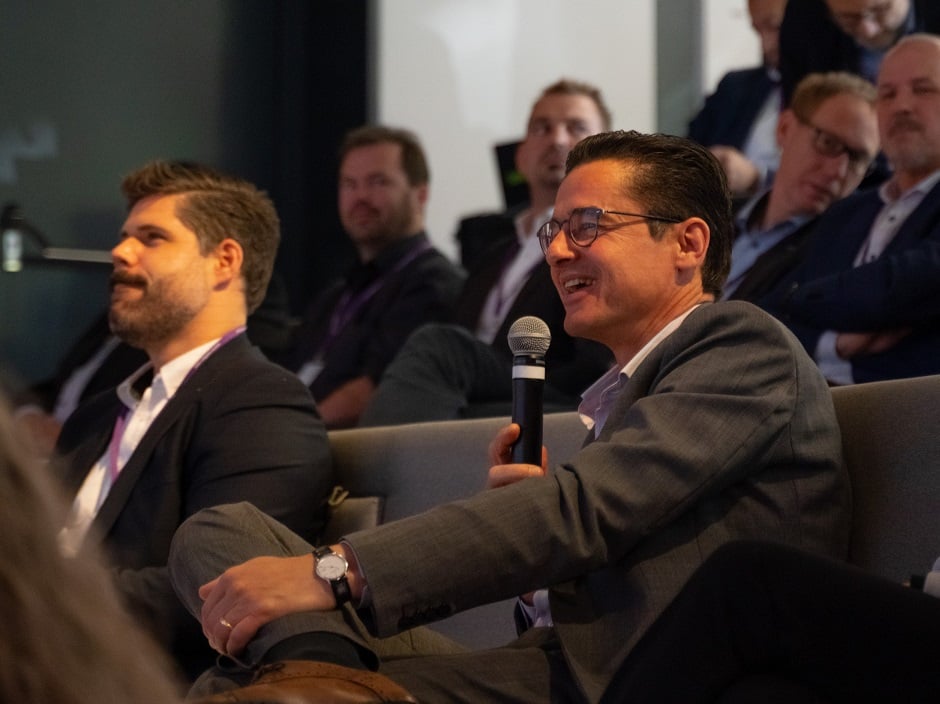 Sustainable Developments towards a decarbonized Future
Sustainable Developments towards a decarbonized Future
The party has only just begun and yet many measures are already in place around the world to make the steel industry greener. Particularly because it is still one of the biggest polluters of CO2, at almost 30%. At the country level, the U.S. is far ahead of European countries and China's CO2 footprint activities are probably the most worrisome. Several keynote speakers at the Welser Profile Steel Day 2022 highlighted the visible discrepancy between the efforts and solution approaches of various big players. Joost Grubben from 3VC Consulting went into great depth on the differences between the US and European steel markets and presented the following conclusion:
- Due to its structure, the US steel market is more volatile than the European market.
- The US economy has recovered well from Covid and is poised for further growth thanks to various economic programs.
- The US steel industry is largely independent of global raw materials, including oil and natural gas.
- It is likely to benefit from global decarbonization without having to pay the high price of the EU steel industry.
An example of strong sustainability targets was presented by Mark Rijkaart, Marketing Manager & Sustainability Lead at Tata Steel from the Netherlands. The steel producer is targeting complete CO2 neutrality by 2045 through the production and delivery of hydrogen-based steel from their modernized IJmuiden plant. Step by step, coke ovens, sinter plants and blast ovens are to be replaced by DRI plants and electric furnaces. In addition, further measures are to be taken towards a green future, e.g. connection to the local green hydrogen infrastructure network and sustainable electricity from offshore wind fields.
Stephan Flapper from H2 Green Steel summarized how challenging and broadly defined sustainable developments are in a sector as complex as the steel industry. The Swedish company's vision speaks for itself: "We decarbonize hard-to-abate industries and we start with steel". The expert, who describes himself as "a steel person," reminded the approving audience that while everyone is already talking about green steel and CO2 neutrality today, there is still a long way to go. The first thing that needs to be done is changing the logic in the steel industry, with the help of:
- Electrification of the value chain
- Energy geography, meaning a switch from coal to renewable energies
- Development of process technology
- Digitalization and automation
Final Thought: Developing Future together
After a second and final panel discussion on next generation steel with Herbert Eibensteiner from voestalpine, Andreas Preuss from Future Energy Consulting, Peter Rupp from Hilti and Andreas Welser from Welser Profile, a day full of thought-provoking ideas, knowledge transfer, insights and future outlooks came to an end. What followed were lively discussions about what had been heard, numerous interested follow-up questions and the exchange of contacts. One thing should have become clear to the participants of the Welser Profile Steel Day 2022: together, green future goals can be achieved better and faster.
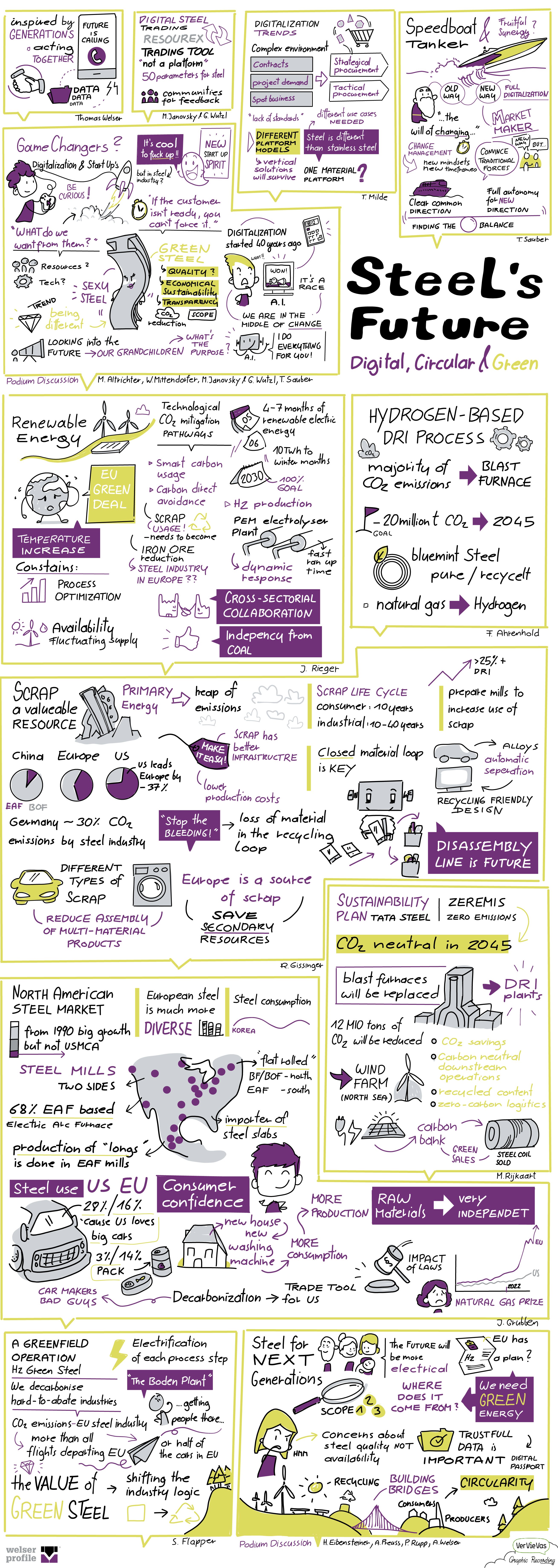
Read more
Similar articles
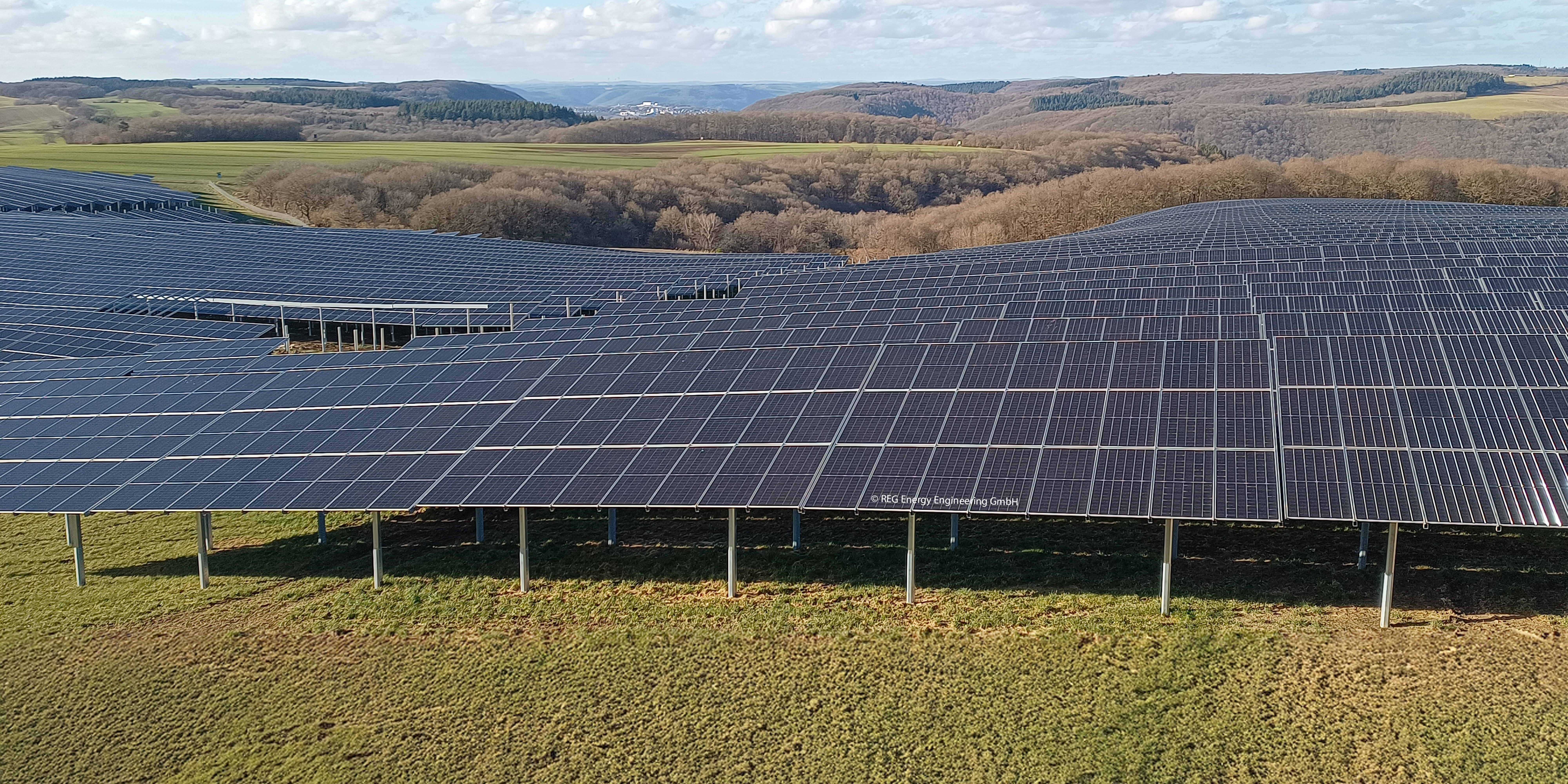
Agri-PV: Making Green Energy greener with Steel Substructures
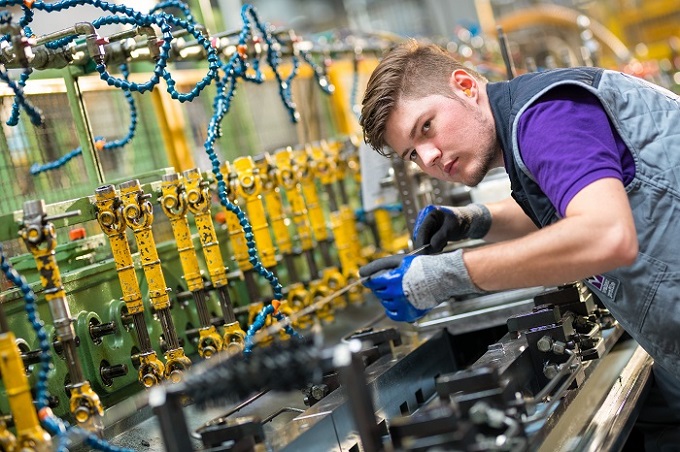
Green Steel in Roll Forming – The same thing, only greener?
